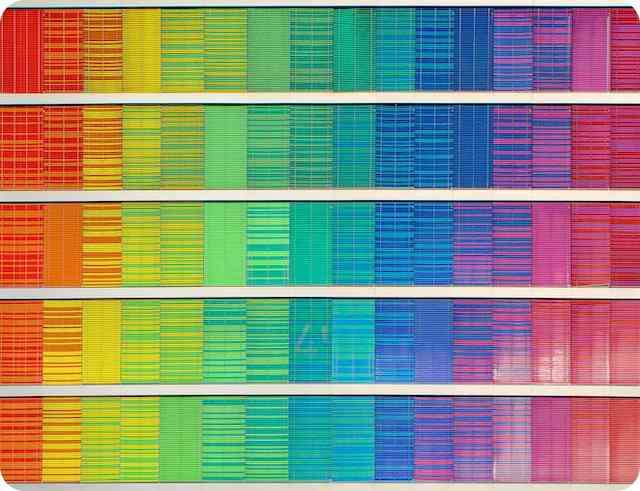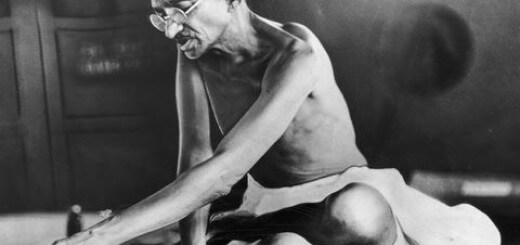“The Psychology of Colors” – By Tuba Chaudhary
The Psychology of Colors: Unlocking the Hidden Influence on Our Emotions and Behaviors” – By Tuba Chaudhary
Colors play a significant role in our daily lives, often evoking strong emotions and shaping our behaviors without us even realizing it. From the moment we wake up to the colors of our surroundings to the products we choose to buy, color psychology subtly influences our decision-making processes. Understanding how colors impact our thoughts, moods, and actions can empower us to make more informed choices and create environments that enhance our well-being. This article explores the fascinating field of color psychology, shedding light on the hidden influence of colors.
The Basics of Color Psychology
Color psychology is the study of how colors affect human behavior, thoughts, and emotions. It encompasses the understanding of color associations, symbolism, and the ways in which different hues can elicit specific responses. The color wheel, a visual representation of primary, secondary, and tertiary colors, forms the foundation of color psychology. Primary colors, such as red, blue, and yellow, have distinct psychological associations that shape our perceptions.
The Emotional Impact of Colors
Colors have the power to evoke a wide range of emotions. Here are some common emotional responses associated with different colors:
Red: Red is a color that grabs attention and symbolizes passion, energy, and urgency. It can increase heart rate, stimulate appetite, and create a sense of excitement. It is often used to convey a sense of importance and urgency in marketing and advertising.
Blue: Blue is known for its calming and soothing qualities. It represents trust, serenity, and stability. Blue can lower blood pressure, promote relaxation, and enhance concentration. It is often used in environments where a sense of calmness is desired, such as hospitals and offices.
Yellow: Yellow is associated with happiness, optimism, and energy. It stimulates mental activity and can evoke feelings of joy and positivity. Yellow is often used to grab attention and create a sense of optimism in branding and advertising.
Green: Green is a color linked to nature, growth, and balance. It is known to have a calming effect and can promote feelings of harmony and renewal. Green is often used in environments that aim to provide a sense of tranquility and connection with nature.
Purple: Purple is often associated with luxury, creativity, and spirituality. It can evoke feelings of opulence and mystery. Purple is frequently used in branding and marketing targeting a sophisticated and creative audience.
Orange: Orange is a vibrant and energetic color that symbolizes enthusiasm, warmth, and creativity. It can stimulate appetite and evoke feelings of excitement and optimism. Orange is often used in designs and campaigns aiming to create a sense of fun and adventure.
Black and White: While technically not colors, black and white hold significant psychological associations. Black represents power, elegance, and authority. It can also convey a sense of mystery and formality. White, on the other hand, is associated with purity, innocence, and simplicity.
Cultural and Contextual Influences
Color symbolism can vary across different cultures and societies. For example, while white represents purity and innocence in Western cultures, it is associated with mourning in some Eastern cultures. Personal experiences and associations with specific colors also influence their impact on individuals. Additionally, the context in which colors are used plays a crucial role in determining their psychological effects. For instance, the color red can signify danger or excitement depending on the context in which it is presented.
Color Psychology in Marketing and Branding
Businesses and marketers utilize color psychology to influence consumer behavior and shape brand perception. By carefully selecting colors in branding and marketing materials, companies can evoke specific emotions and associations. For example, fast-food chains often use red and yellow in their logos and interiors to create a sense of urgency and stimulate appetite. Luxury brands may opt for gold or deep shades of purple to convey a sense of exclusivity and sophistication.
Applying Color Psychology in Everyday Life
Color psychology can be applied intentionally in various aspects of our lives to create desired effects:
Home Decor and Interior Design: Different colors can create different atmospheres within our living spaces. For example, soft blues and greens can promote relaxation in bedrooms, while vibrant yellows and oranges can inspire creativity in workspaces.
Fashion and Personal Style: Colors in clothing choices can express personality traits and influence how others perceive us. Wearing red, for instance, can convey confidence and boldness, while blue may suggest trustworthiness and reliability.
Well-being and Productivity: By understanding the psychological effects of colors, individuals can create environments that enhance their well-being and productivity. For example, incorporating calming blues and greens in a workspace can promote focus and reduce stress.
Debunking Color Myths
There are several common misconceptions surrounding color psychology that need clarification. It is essential to recognize that individual experiences and cultural factors play a significant role in color perceptions. While certain colors may generally evoke specific emotions, personal associations and contextual factors can influence individual responses.
The psychology of colors unveils the profound impact that colors have on our emotions, thoughts, and behaviors. By understanding the psychological associations of different hues, we can consciously harness their influence to create desired effects in our environments, marketing campaigns, and personal lives. Colors have the power to shape our experiences and evoke profound emotional responses, making them a fascinating subject of study and a valuable tool in various aspects of our daily lives.
Photo by Ricardo Gomez Angel on Unsplash














